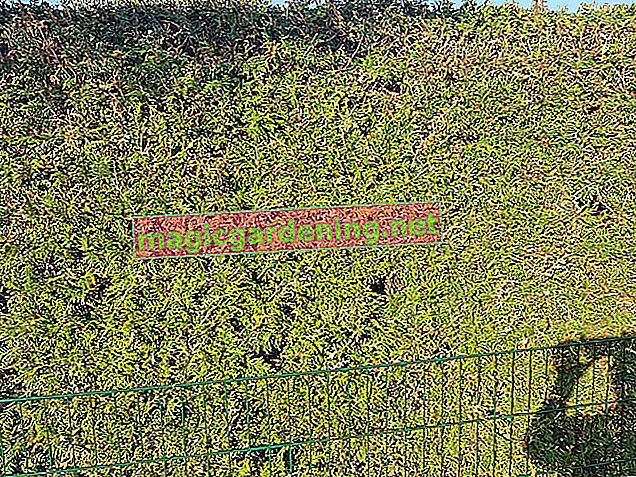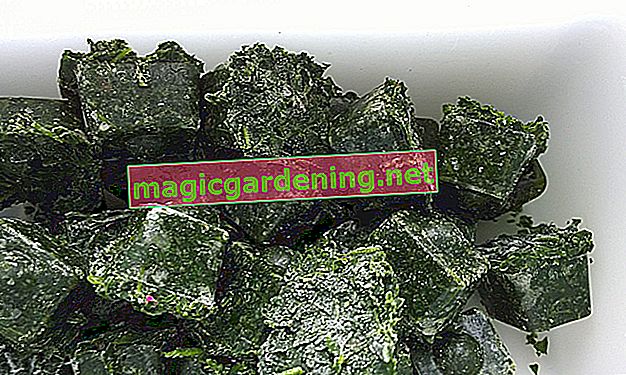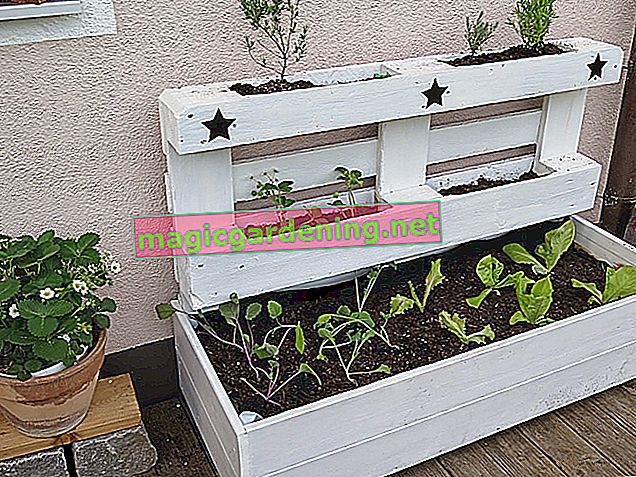
Why does my spruce get brown needles?
The location of a spruce should be sunny to partially shaded, with a slightly moist soil. Long-term drought not only leads to brown needles but also easily to a dried up root ball. As a result, the fine roots that a spruce absolutely needs to draw sufficient water from the soil are lost.
also read
- Help, my spruce is losing its needles!
- Does the bark beetle threaten my spruce?
- Growing a spruce in a pot - tips and tricks
A relatively common reason for a spruce turning brown is a lack of nutrients or infestation with pests. If there is a lack of magnesium, the needles first turn brown, then they fall off. Two types of pests occur quite often on spruce trees, namely the bark beetle and the sitka spruce louse.
How can I help the spruce?
If drought is the reason for the brown needles on your spruce, then only thorough watering and regular watering will help. Make sure, however, that there is no waterlogging. If the soil is well drained, then excess water seeps away quickly and without causing damage.
If your spruce suffers from a magnesium deficiency, you can add a special fertilizer to it. Use conifer fertilizer or Epsom salt for this. In the event of a pest infestation, help is not that easy. The bark beetle is difficult to control, often only cutting down the affected tree helps.
The sitka spruce louse can be combated with gentle preparations. They are made from rapeseed oil or potash soap and do not harm the beneficial insects. The louse occurs particularly abundantly after mild winters. From May onwards the lice will be destroyed by ladybirds and lacewings.
Possible causes of brown needles in spruce trees:
- persistent drought
- dried up root ball
- Nutrient deficiency, e.g. magnesium deficiency
- Pest infestation, e.g. with the sitka spruce louse
Tips
In a dry summer, water your spruce trees regularly so they don't get brown needles in the first place.








